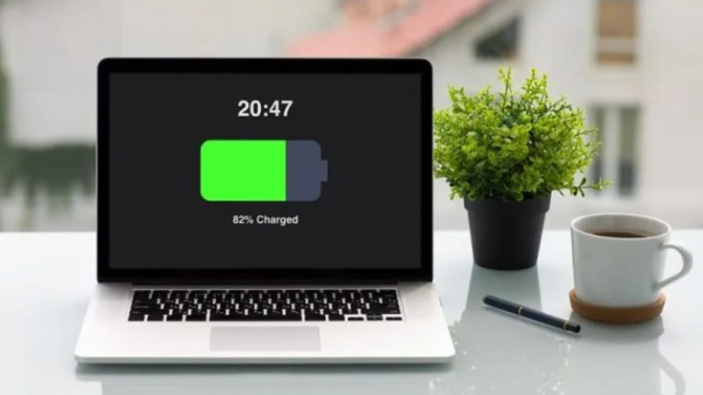If you handle your laptop battery the right way, you can save: Charging capacity, runtime, resources and also money. So you have more battery for the National Casino login.
In 2022, around 92 percent of all households in Germany owned a PC, with the trend clearly moving toward mobile devices such as laptops. And since the Corona crisis, people have been spending more and more time in front of their screens – which is draining the battery.
Each battery consists of rare earths and metals, among other things, which are produced in complex processes. Whole swaths of land are dug up, many of the materials needed are only available in a certain region of the world – and the inhabitants and native animals suffer from the destruction of the environment.
It makes sense to treat your laptop battery with care so that you can use it for a long time and thus conserve resources. With simple tricks you can save the laptop battery and thus extend the use and life of your device.
THE CORRECT CHARGING BEHAVIOR
You can save battery in the long run if you don’t completely discharge your device.
First of all, you should make sure what type of battery you have. There are different battery types that need different charging behavior. Depending on which one powers your laptop, you’ll need to consider something different to save battery power.
The lithium-ion (Li-ion) battery is most commonly used in laptops. The lithium-polymer battery (LiPo), which is found in most smartphones today, does not essentially differ from the Li-ion battery in terms of charging behavior. You should keep the following in mind with these two:
- The laptop works best in work mode with 20 to 80 percent battery charge. This is the most effective way to conserve your battery – anything less or more than this will reduce the life of your laptop’s battery.
- If that’s too complicated for you, remember the following rule of thumb: Charge the battery when your laptop tells you to. Mostly, the display comes at about ten to 20 percent battery charge, depending on the manufacturer.
A battery only has a certain number of charge cycles. The faster you reach it, the faster the battery approaches its end of life. Therefore, avoid mini-charges.
If you always leave these two types of batteries connected to the mains (even if they are already 100 percent charged), this is not directly harmful – modern batteries have an integrated protection stop, which interrupts the current flow. Nevertheless, you shorten the battery’s lifespan. Take the charging cable out of the socket at 100 percent at the latest.
If you always discharge Li-Ion and LiPo batteries to zero, certain chemical and electrical processes are started, which result in the battery capacity decreasing in the long run. So avoid this.
If you do not charge these batteries before they are completely discharged, the battery will only partially charge. In the long run, this results in a shortened battery runtime. This property is called memory effect.
The battery must therefore be completely discharged to zero on a regular basis.
Incidentally, the NiCD battery has been banned throughout the EU since 2006 in order to reduce the technical use of cadmium. It is therefore only found very rarely.
The NiMH battery should be fully discharged once every two to three months and then fully recharged. This reduces the memory effect.
In this article, we will limit ourselves to the best charging behavior for the two batteries mentioned above, since they are most commonly found in laptops and smartphones.

